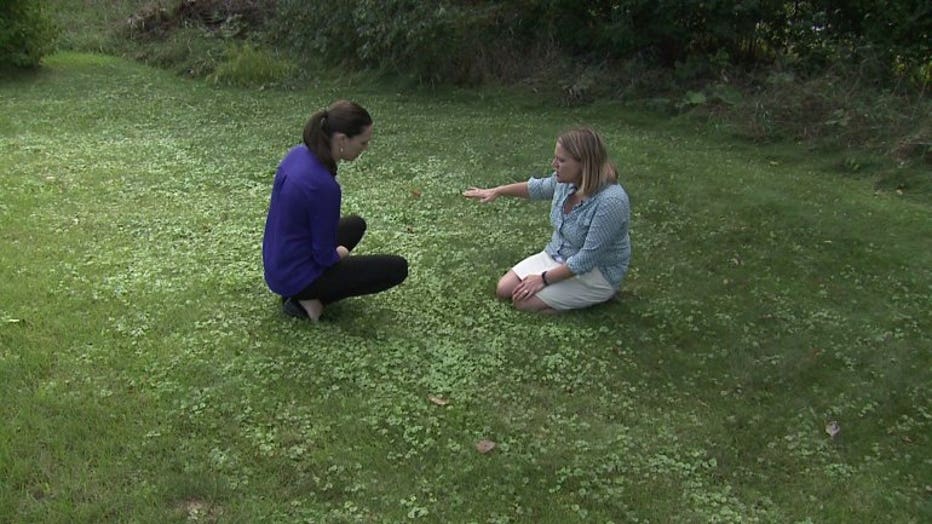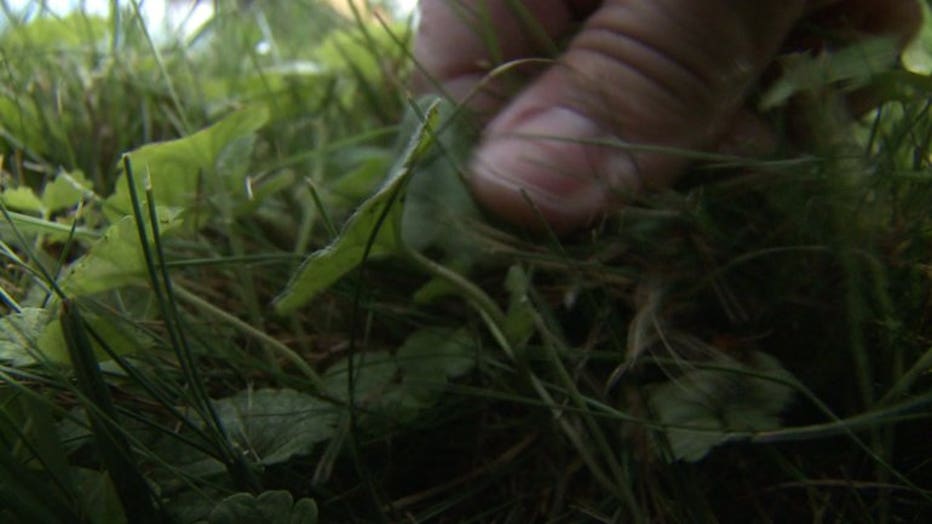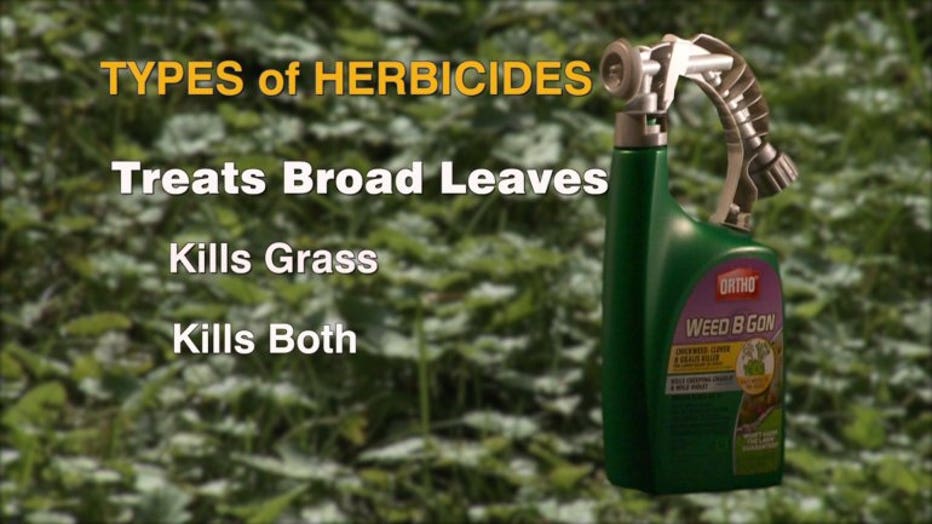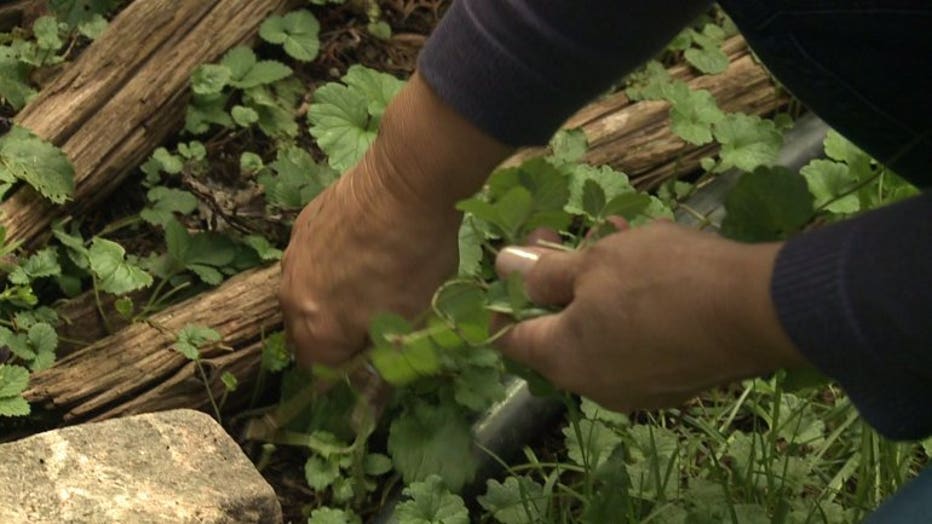Is Creeping Charlie creeping into your yard? Fall is the perfect time to get rid of it
MILWAUKEE -- It sneaks into your yard and slowly takes over, but this party crasher is notoriously hard to kick out.
No garden is without weeds. Not even one as lovingly kept as Patti Bergeson's.
"It's a never-ending battle. I've been pulling all summer long," said Bergeson.

Bergeson was talking about Creeping Charlie.
"I think every garden has that one thing, and this is it, unfortunately," said Bergeson.
Year after year, the weed, also known as ground-ivy, creeps into Bergeson's garden.
"We've had it so long, I feel like I can call it Chuck at this point," said Bergeson.
As common as dandelions, Creeping Charlie is a native weed found across Wisconsin in places where the conditions are right, like wet and shaded areas found in yards.

Kristin Krokowski of UW Extension says unless you do something to control Charlie, he'll spread more and more each year.
"It's an aesthetic issue. It's not poisonous, It doesn't matter if things eat it. It's just not what people are looking for from that perfect green lawn," said Krokowski.
You may not mind the way it looks, but your neighbor might when it creeps into their yard.
To get rid of it, you have two options.

First, Krokowski says to pull it.
"Just pull it after you see it. It's super easy to pull," said Krowkowski.
It's a time-consuming chore you'll likely be doing year after year.
The second option is herbicides.
"If you have something larger and you really want to control it, your best options are herbicides," said Krokowski.
There are three different kinds of herbicides -- one that kills broad leaves, one that kills grass and another that kills both. For Creeping Charlie, you'll want one that only kills broad leaves.

"(Fall) is actually a really good time to start treating. We're usually looking to treat the first time in the fall, best is right after the first frost," said Krokowski.
With herbicides, make sure you read the label carefully, including how long kids and pets need to avoid the yard. You may have to treat multiple times on your own or hire a lawn maintenance service.
"We haven't really tried any of the herbicides. I'm not really a big fan," said Bergeson.
In her garden, Chuck has been coming around a good 20 years, and just isn't getting the message that he's unwelcome.
"I'll just have to keep pulling," said Bergeson.

If you do decide to apply herbicide, it needs to be between 55 and 80 degrees outside. If it's too cold, the plans aren't active and won't take the chemical in.
Another good time to treat for Creeping Charlie is in the spring, when it's flowering. It takes a lot of energy to flower, so it depletes its stores and then really takes the chemical deep in. The same is true after the first frost, because the plant will start taking in more nutrients to prepare for winter and the chemical will go deeper into the roots.

